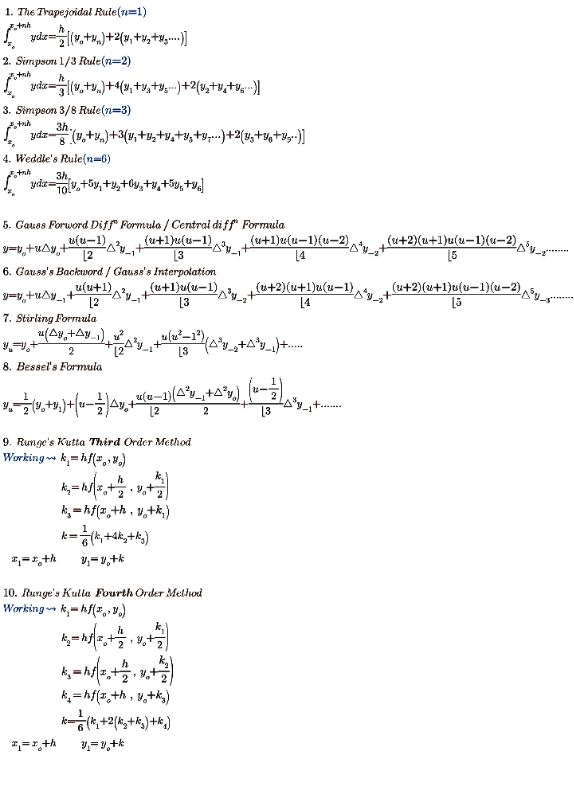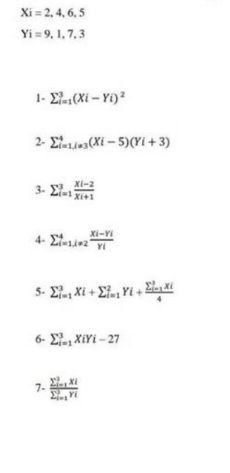
AllQuestion and Answers: Page 525
Question Number 167092 Answers: 0 Comments: 0

Question Number 167091 Answers: 0 Comments: 0

Question Number 167120 Answers: 3 Comments: 0

Question Number 167086 Answers: 0 Comments: 1

Question Number 167085 Answers: 0 Comments: 1
Question Number 167082 Answers: 1 Comments: 1

Question Number 167078 Answers: 0 Comments: 2

Question Number 167077 Answers: 0 Comments: 0

Question Number 167073 Answers: 1 Comments: 0
Question Number 167067 Answers: 0 Comments: 0
Question Number 167066 Answers: 0 Comments: 1

Question Number 167058 Answers: 1 Comments: 0

Question Number 167056 Answers: 1 Comments: 0
Question Number 167048 Answers: 1 Comments: 0
Question Number 167054 Answers: 1 Comments: 0
Question Number 167043 Answers: 1 Comments: 0

Question Number 167040 Answers: 0 Comments: 1
Question Number 167038 Answers: 0 Comments: 1
Question Number 167037 Answers: 2 Comments: 0
Question Number 167036 Answers: 1 Comments: 0
Question Number 167028 Answers: 1 Comments: 0
Question Number 167027 Answers: 0 Comments: 1

Question Number 167025 Answers: 0 Comments: 0
Question Number 167024 Answers: 1 Comments: 0
$$\int\mathrm{sec}\:\theta\mathrm{tan}\:^{\mathrm{4}} \theta\mathrm{d}\theta \\ $$
Question Number 167021 Answers: 0 Comments: 0
Question Number 167013 Answers: 1 Comments: 0

Pg 520 Pg 521 Pg 522 Pg 523 Pg 524 Pg 525 Pg 526 Pg 527 Pg 528 Pg 529
